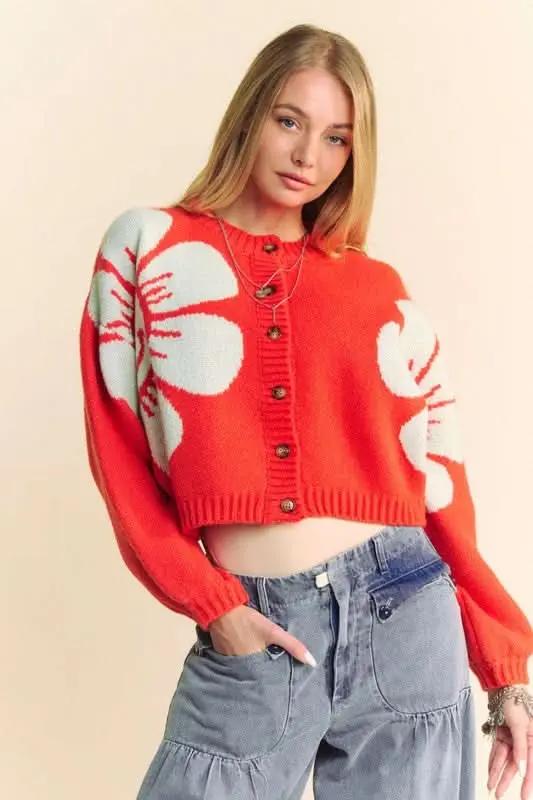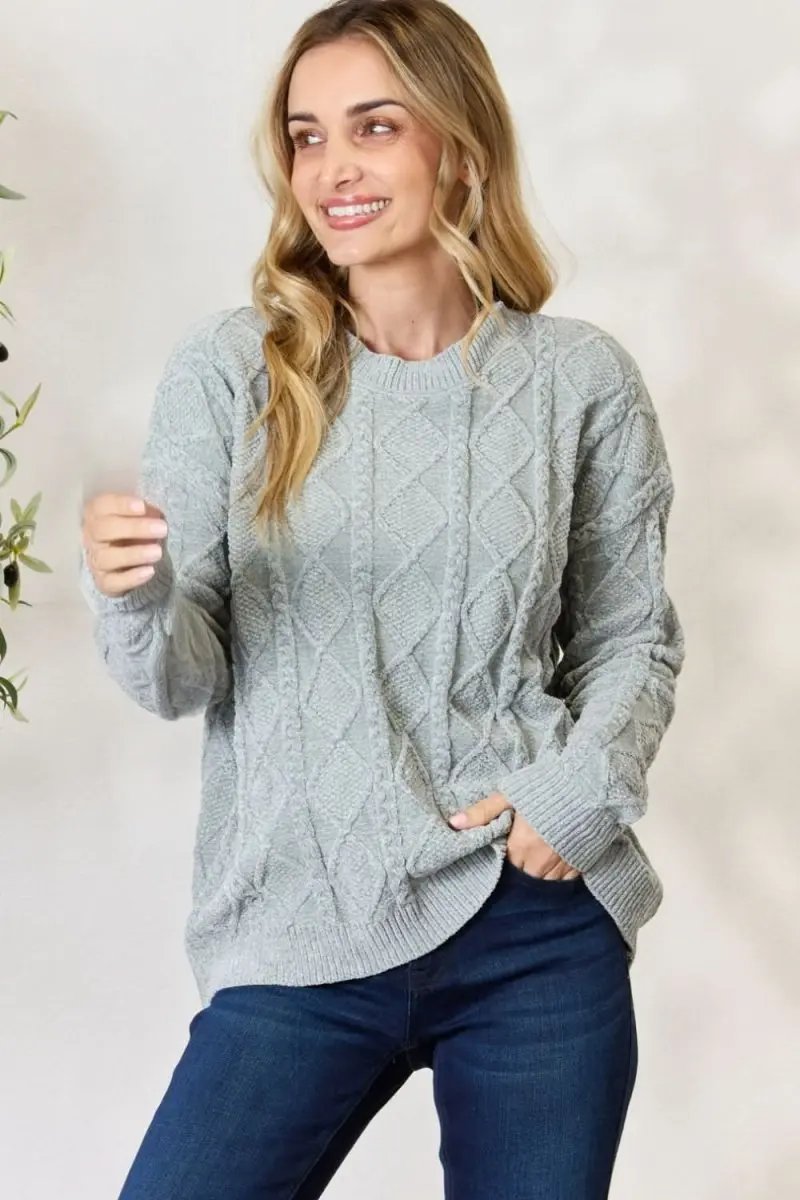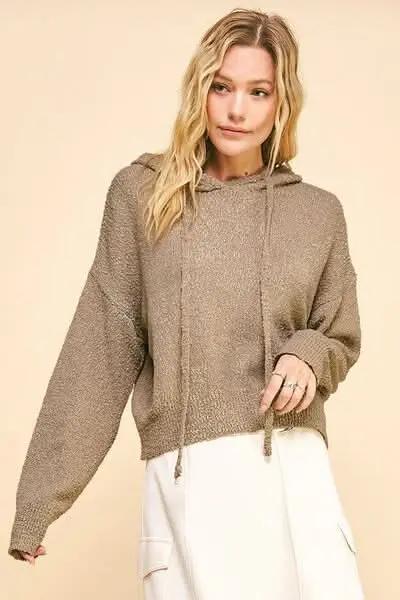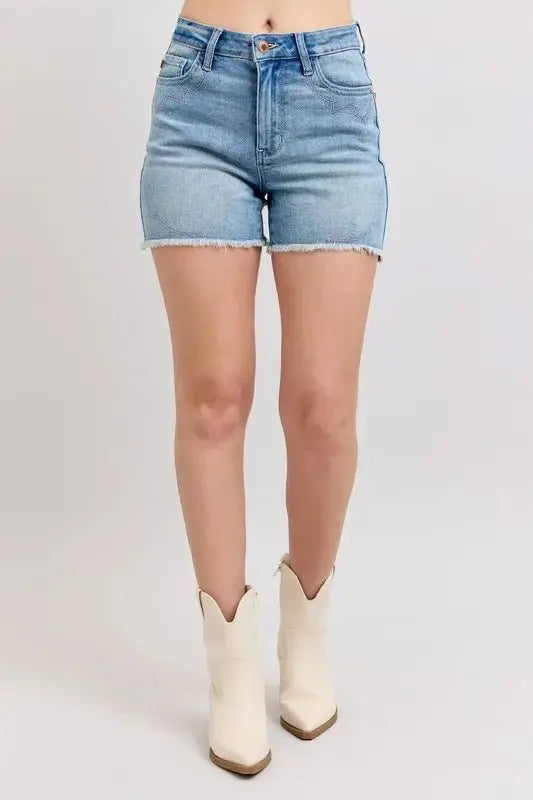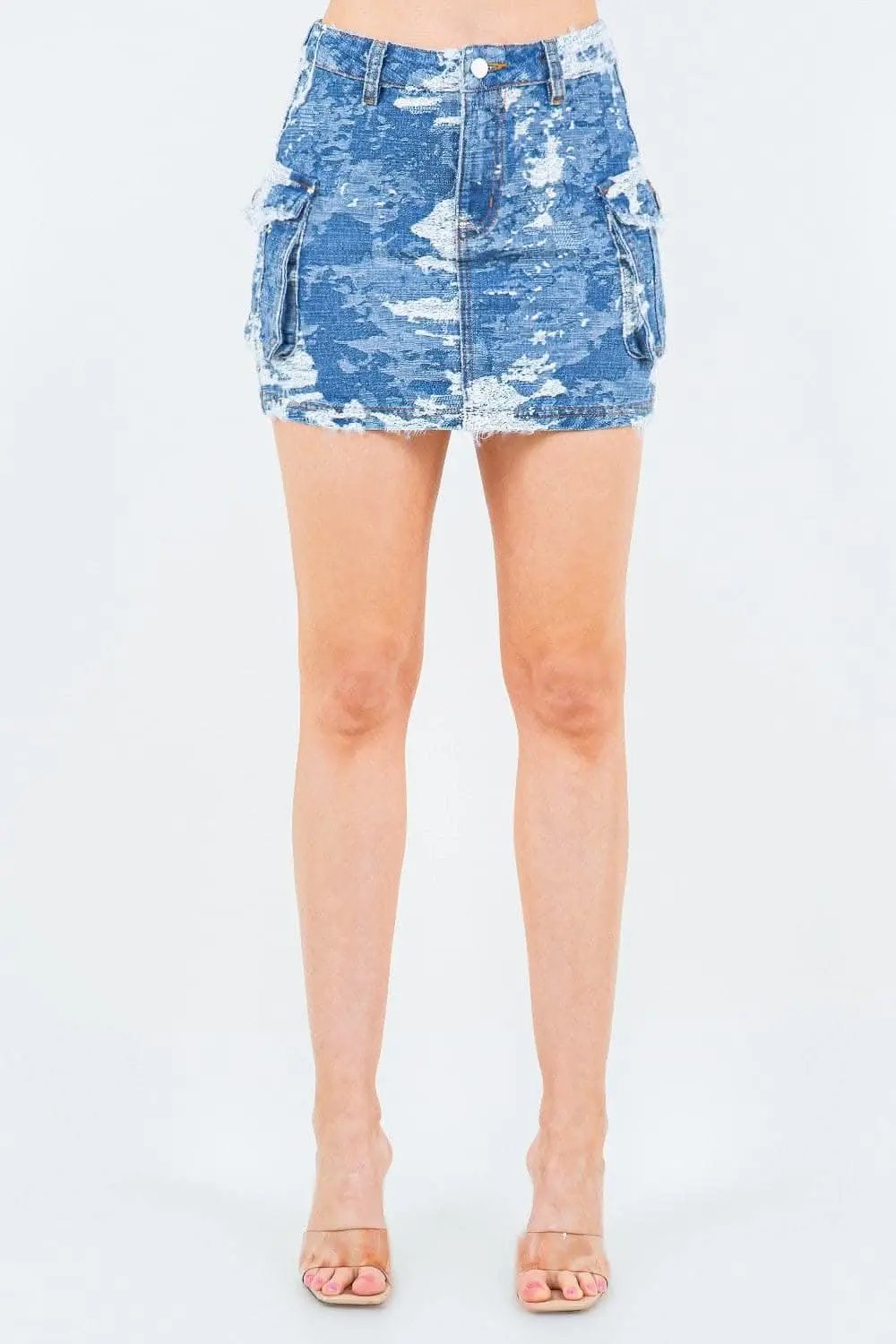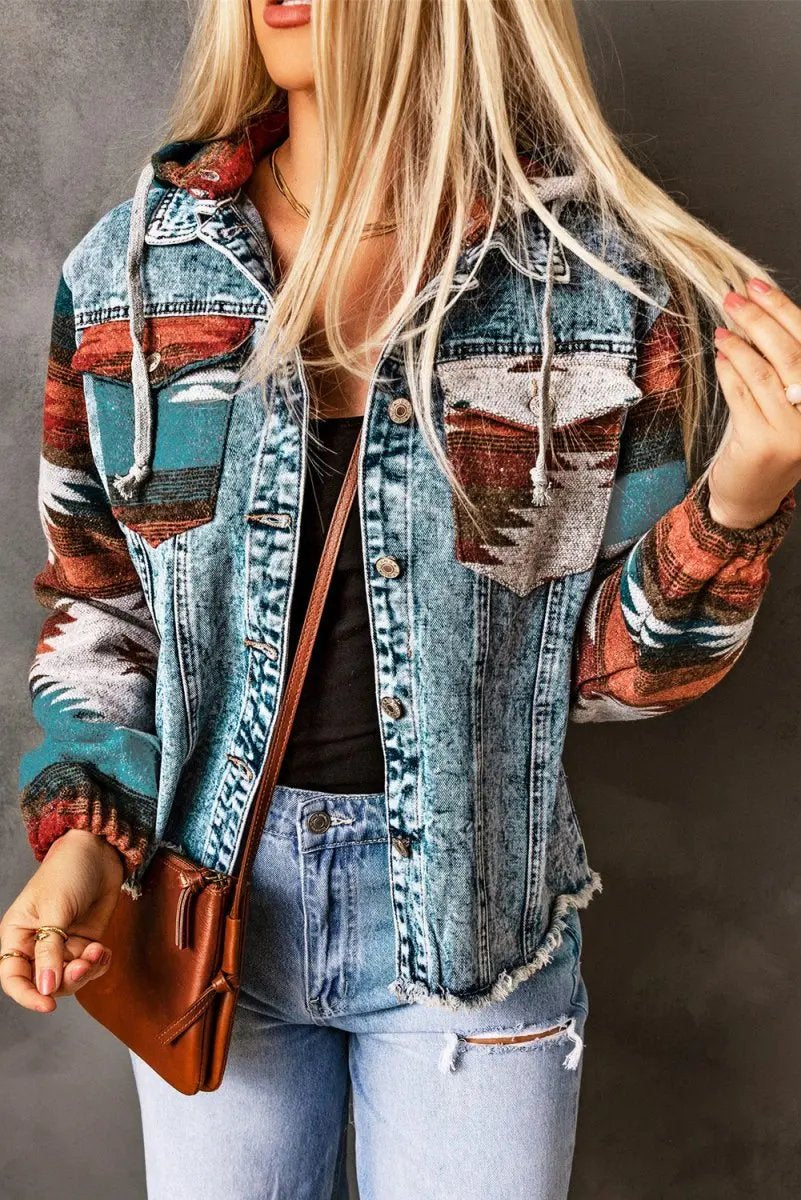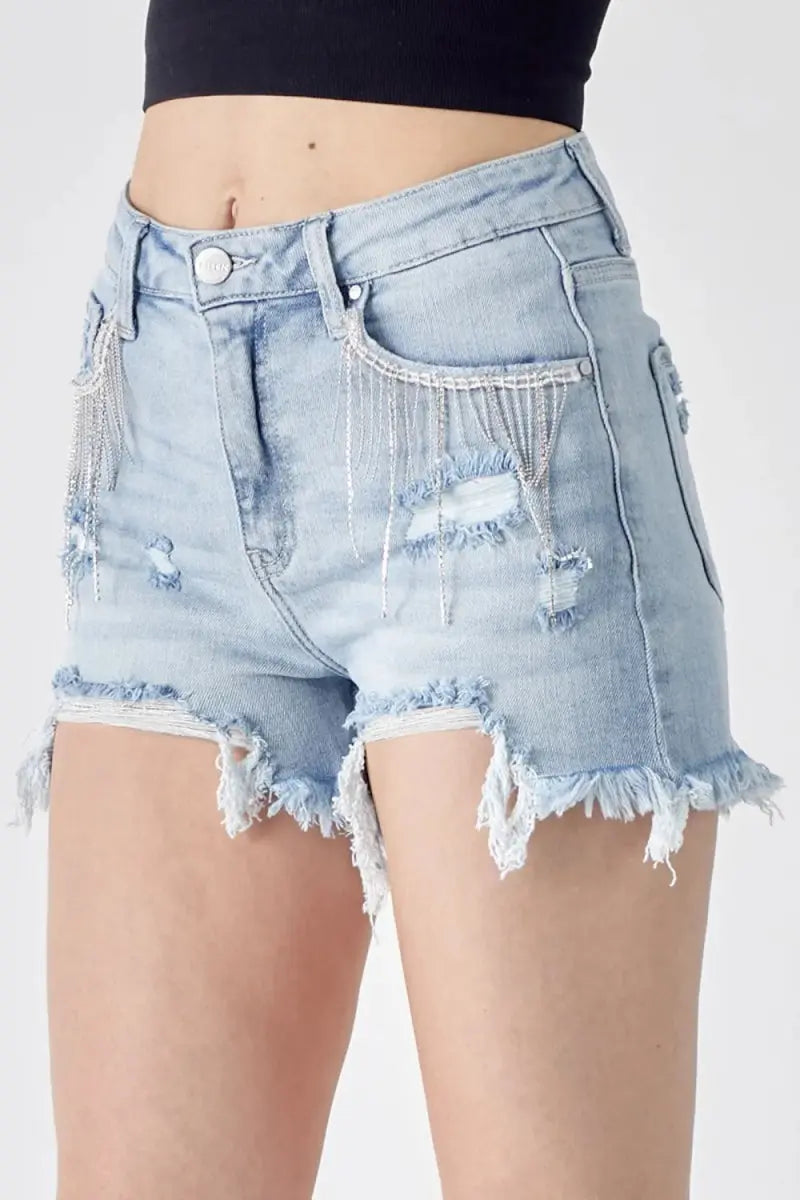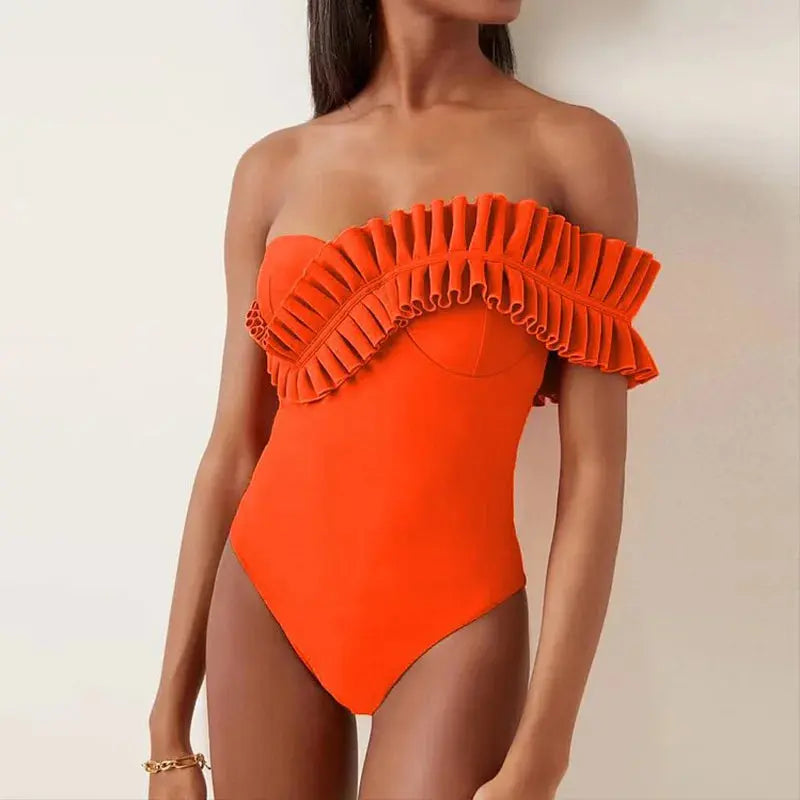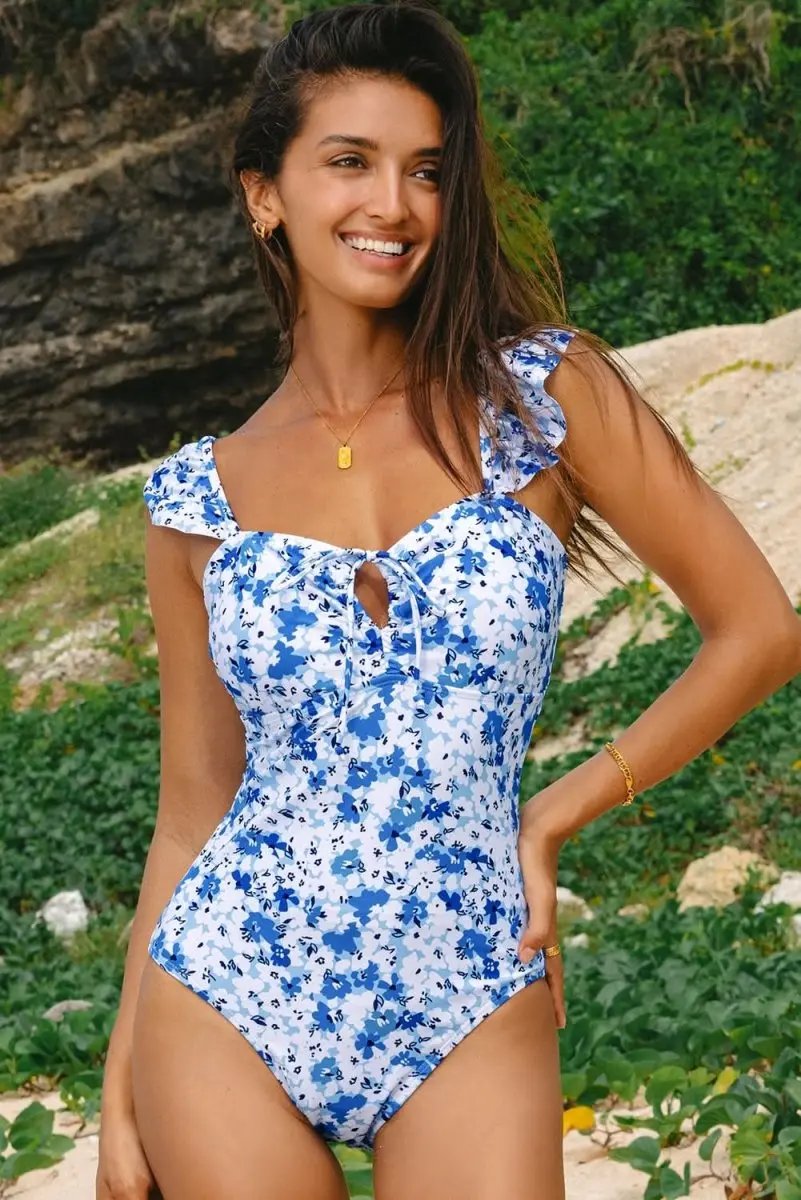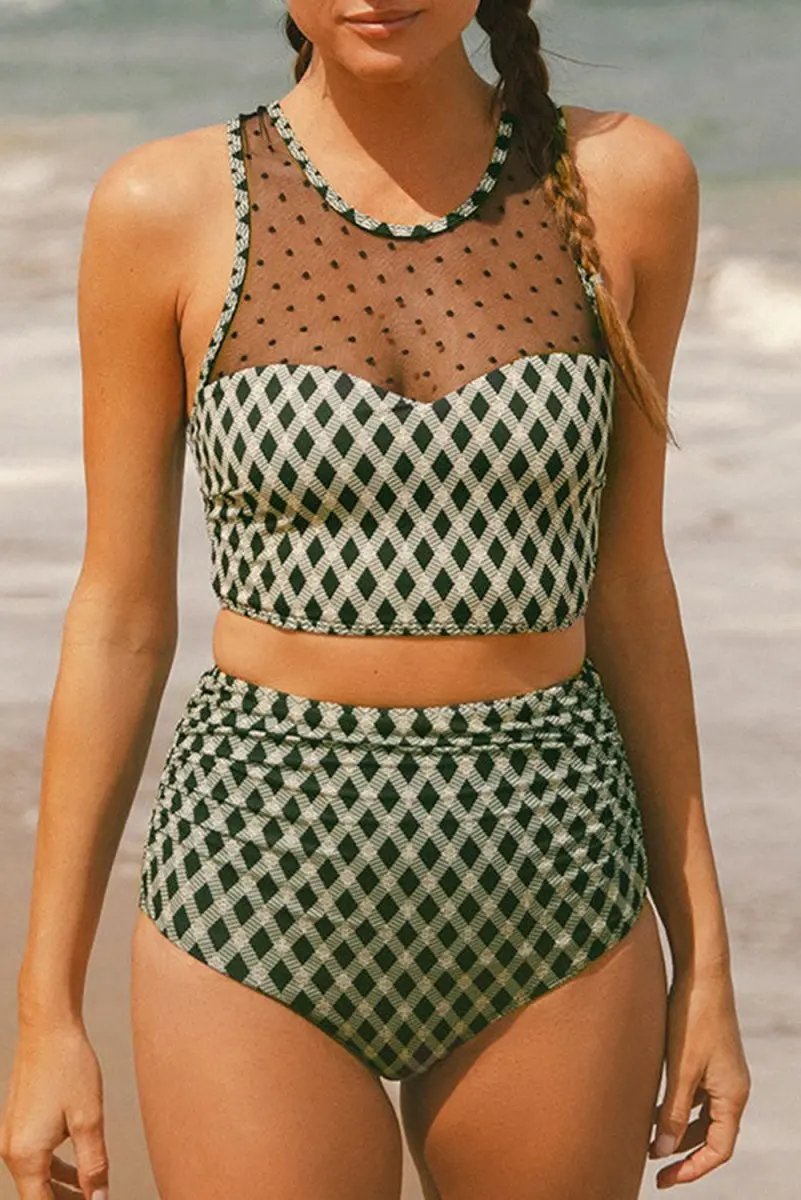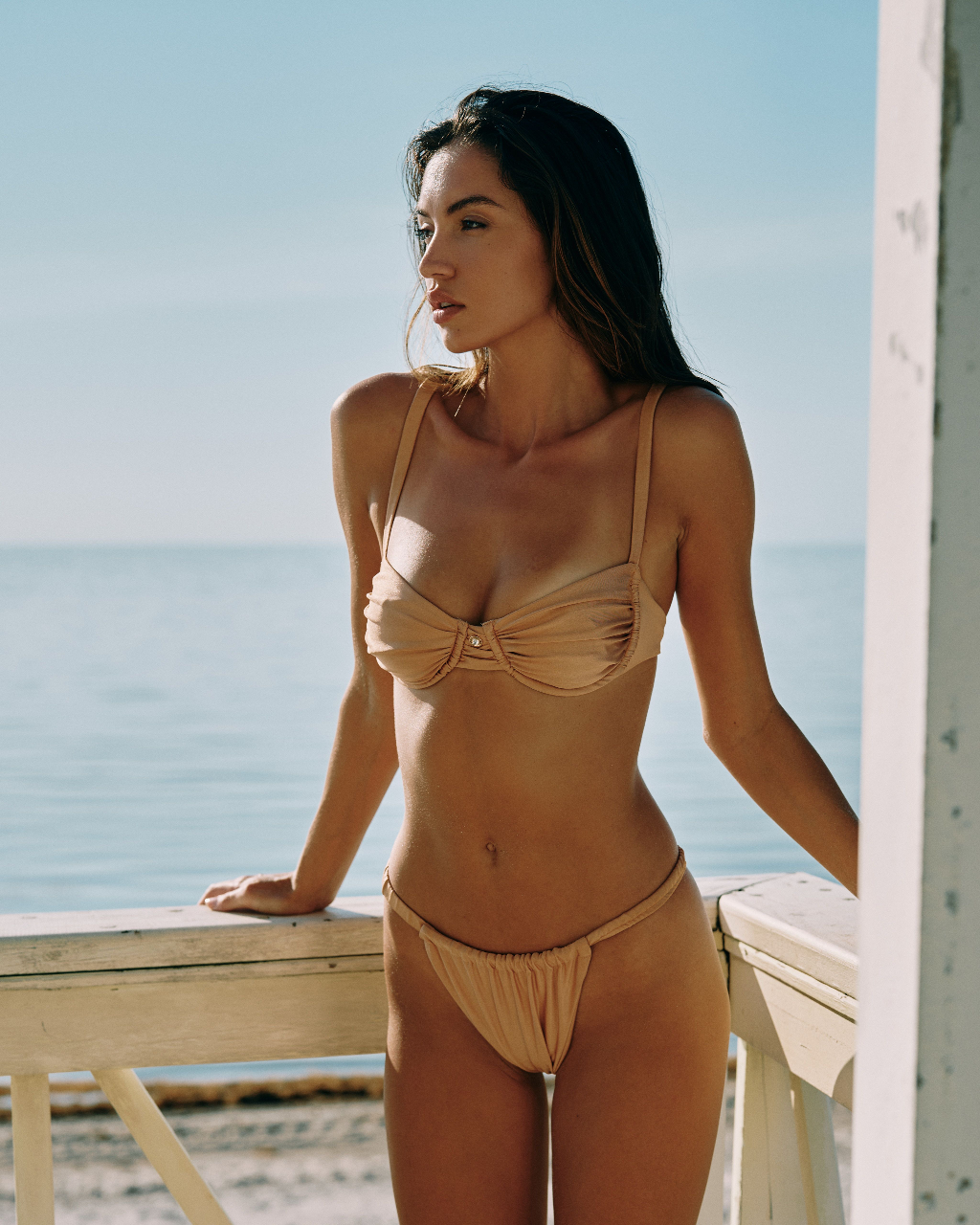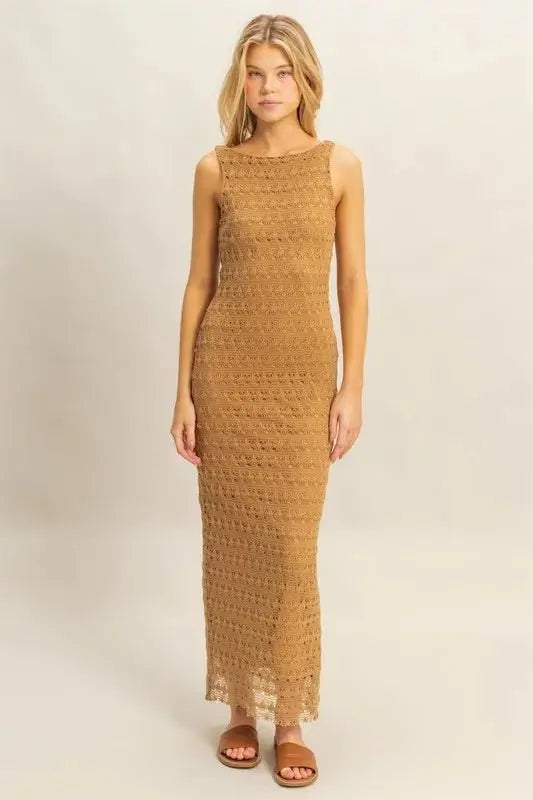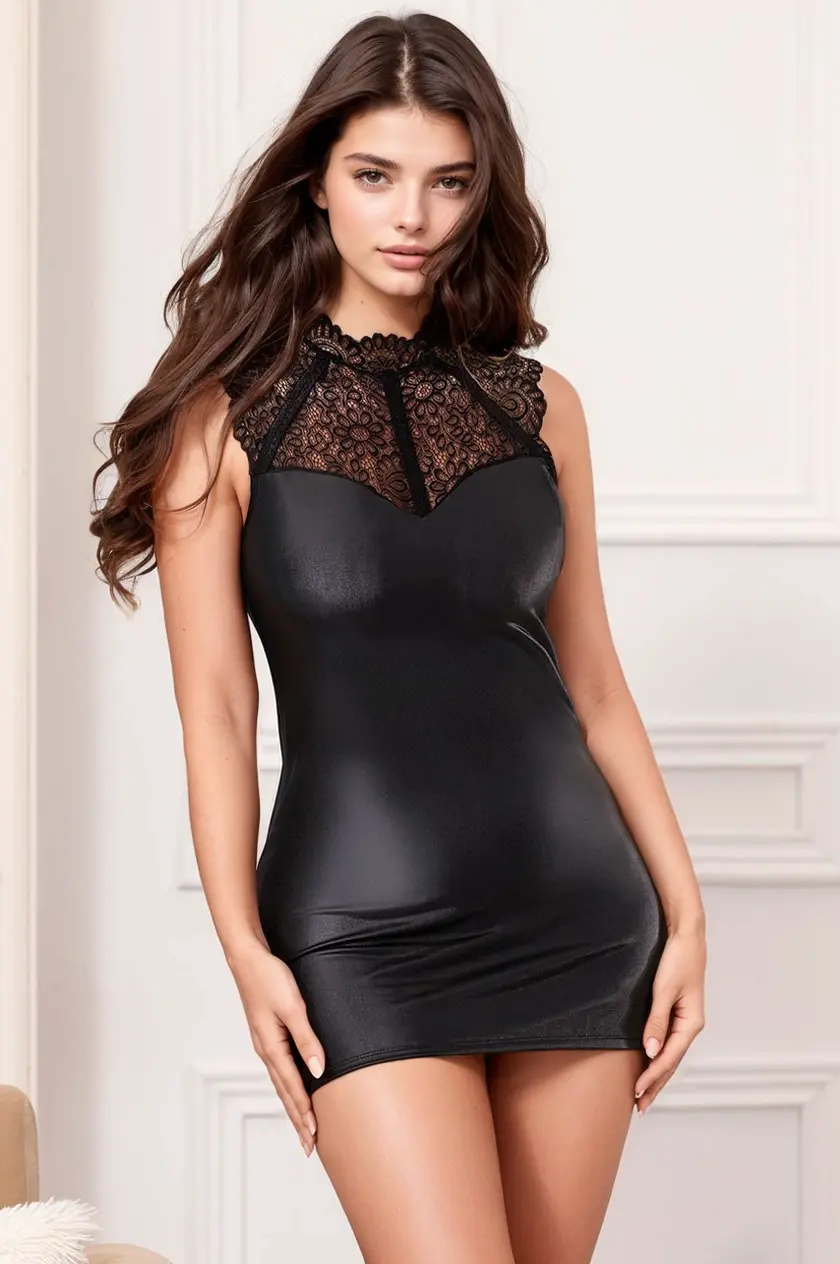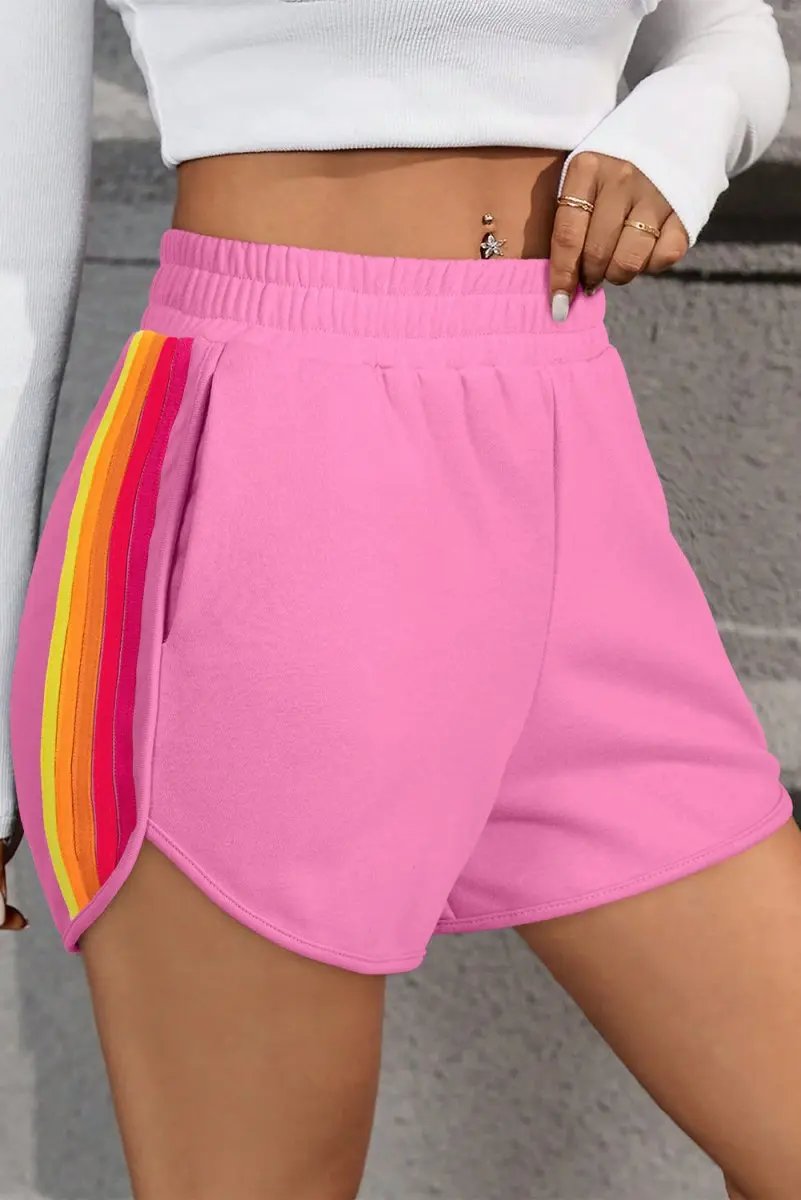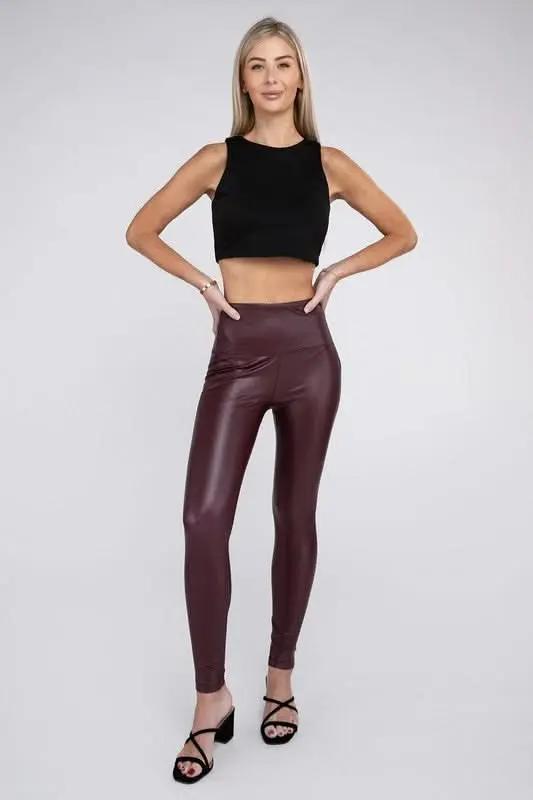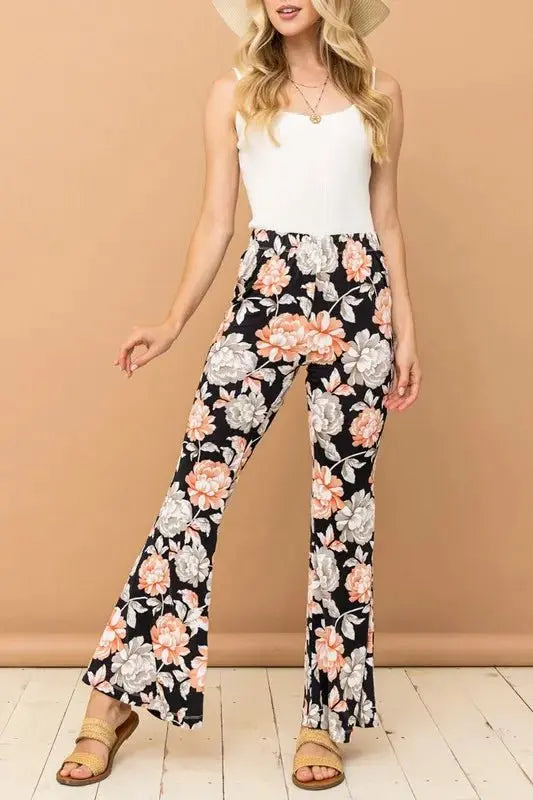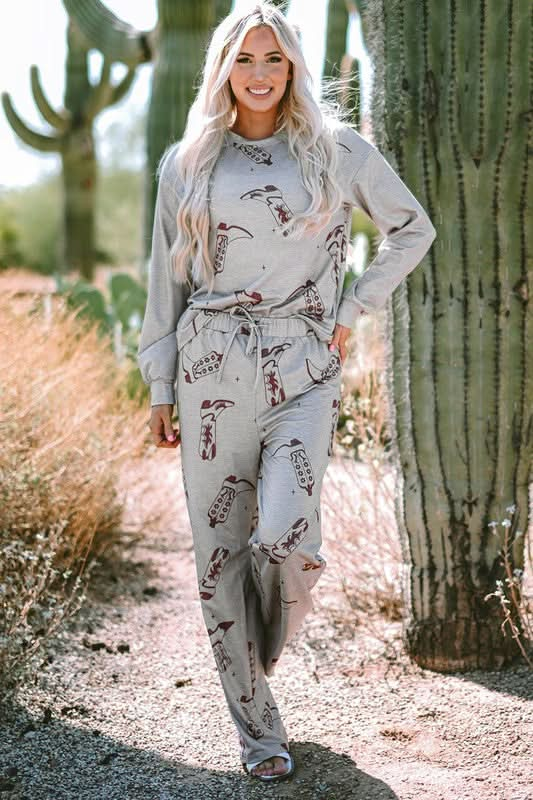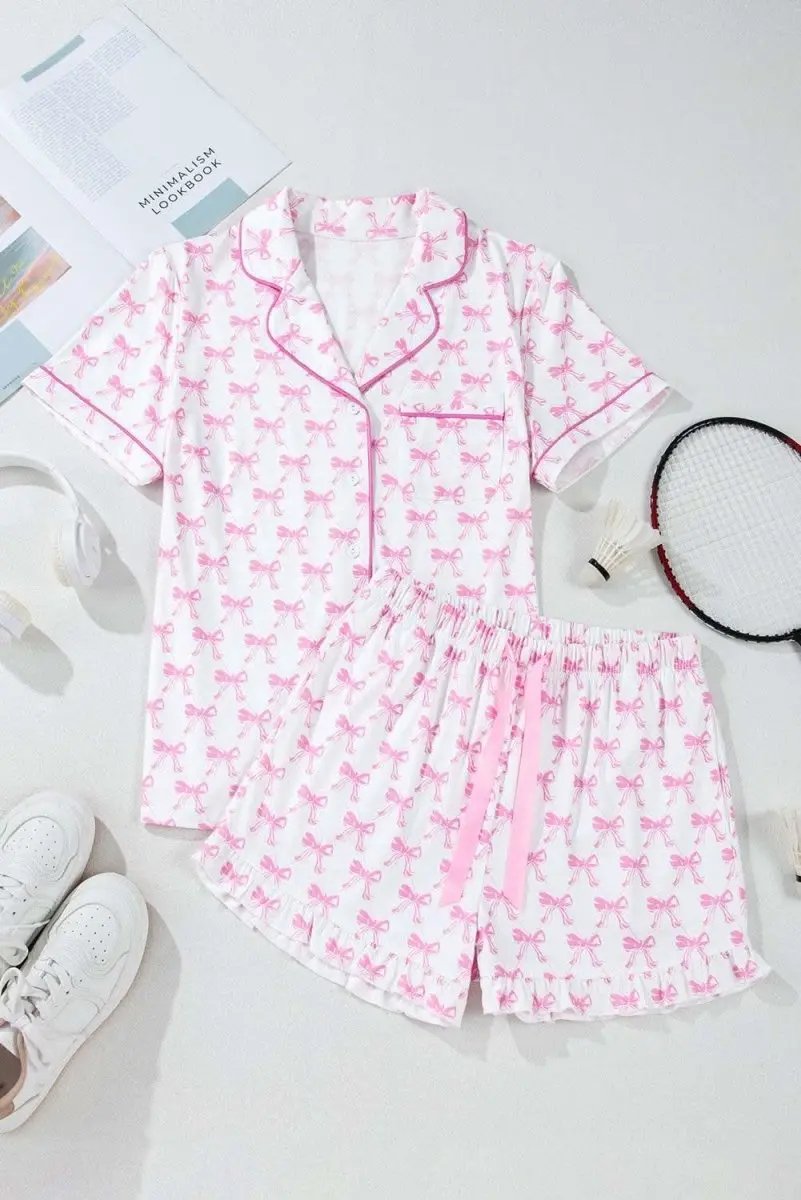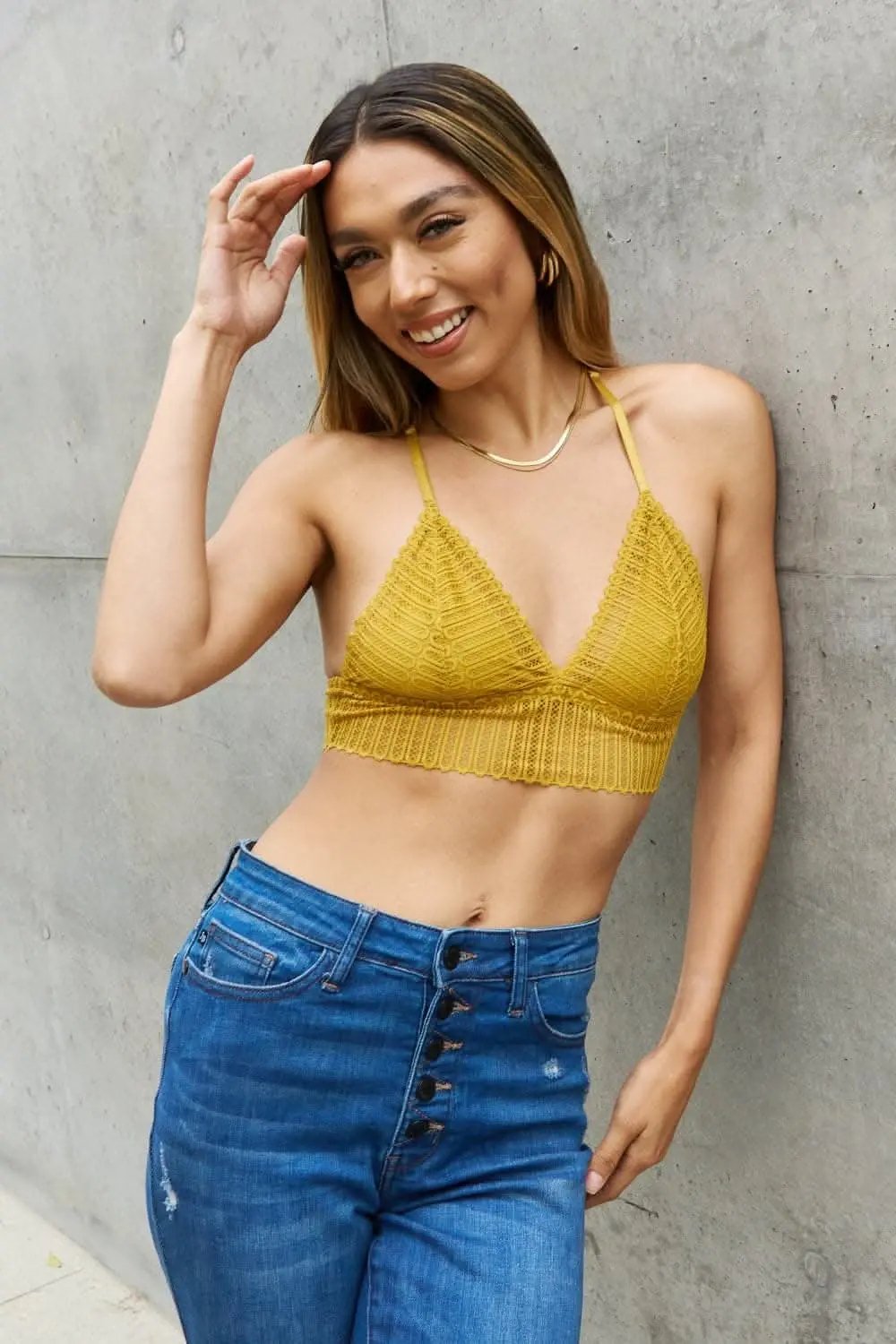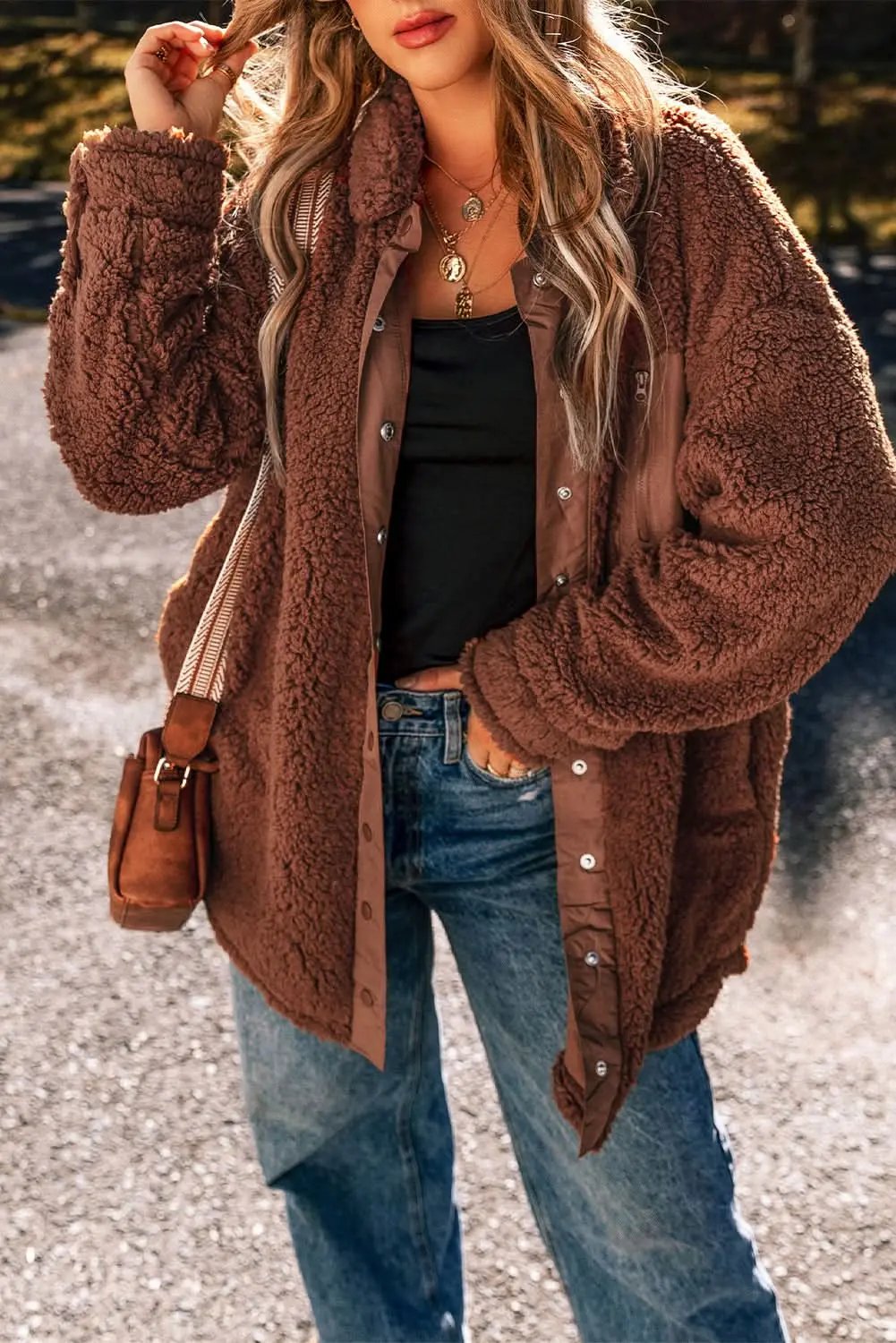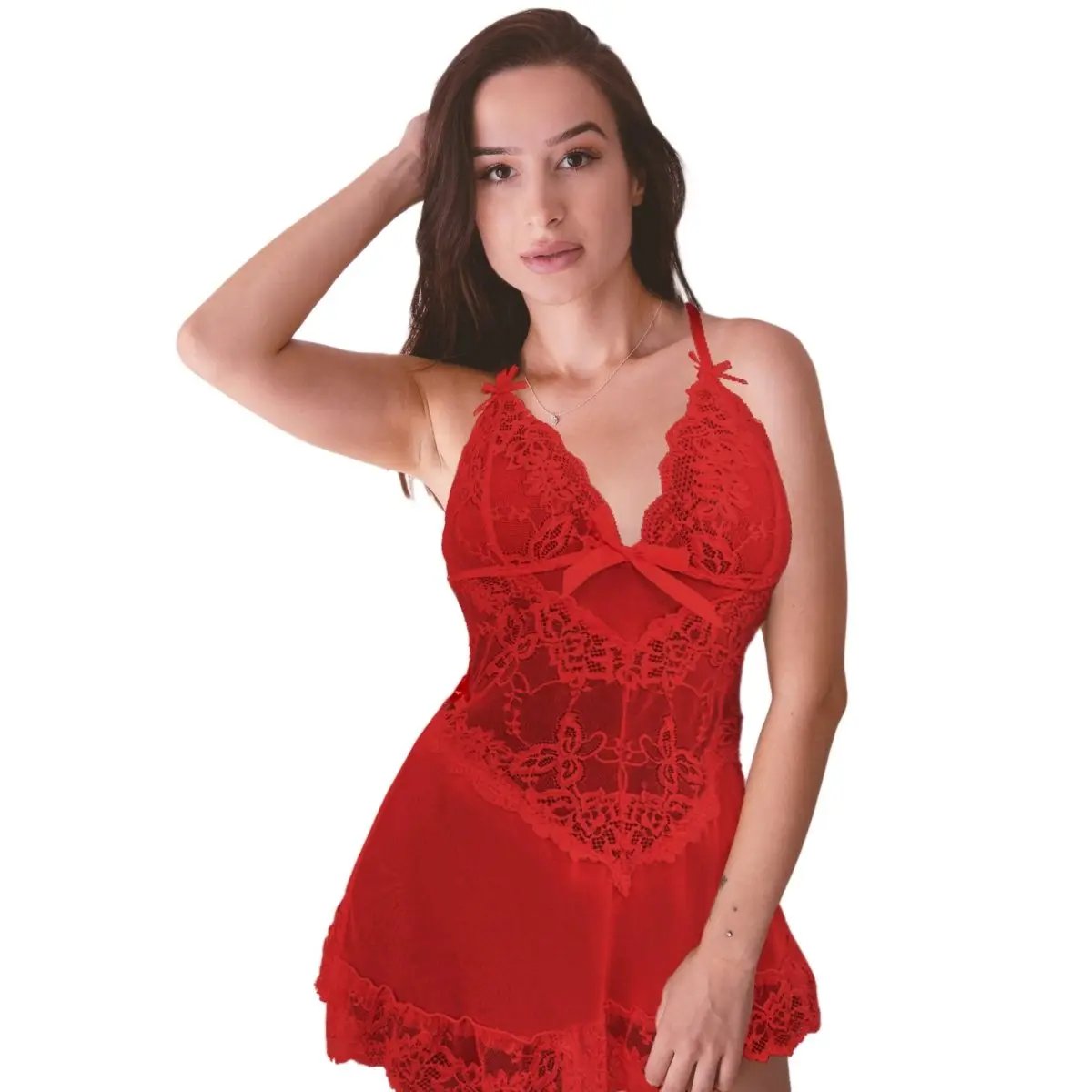Introduction: Why Color-Confidence Changes Everything
Building a plus-size wardrobe that feels modern, sustainable, and undeniably you isn’t about buying more—it’s about selecting smarter. Color is one of the most powerful tools in your styling toolkit: it helps create cohesion, simplifies decision-making, flatters your shape, and increases outfit possibilities. This guide walks you through a deep, practical process for editing and mixing Flying Tomato’s sustainable pieces so you can build a confident, cohesive wardrobe that supports curves and reduces waste.
How to Use This Guide
Work through the steps in order for the best results. The guide includes actionable exercises (instant closet audits, a 30-day outfit challenge), palette templates, capsule examples, care and tailoring tips, and an FAQ to troubleshoot common concerns.
Step 1: Set Clear Wardrobe Goals
Begin with intention. A clear goal narrows choices and prevents impulse buying.
- Define lifestyle needs: What percentage of your time is spent at work, social events, home, travel, and exercise?
- Style personality: Are you minimal and modern, romantic and soft, bold and colorful, or a mixture?
- Function vs. fashion: Prioritize pieces that perform (comfort, durability, versatility).
- Sustainability priorities: Do you prefer natural fibers, low-impact dyes, or garments with transparent supply chains?
Step 2: The One-Hour Closet Audit — A Practical Edit
Set a timer for one hour and perform a focused edit to give you momentum. Use this routine quarterly.
- Empty one category at a time (tops, bottoms, outerwear, dresses).
- Try on each item—take quick photos straight on and angled to check proportions.
- Ask three key questions: Does it fit comfortably? Do I reach for it? Can it be mixed with at least two other pieces I love?
- Sort into Keep, Maybe (Tailor/Repair), Donate/Sell, and Store (seasonal).
- For Maybes, set a 30-day trial: if you don’t wear it within that window, let it go.
Step 3: Understand Your Undertone and Color Influence
Undertone helps you pick neutrals and accent colors that make skin glow and clothing look intentional.
- Warm undertones: golden/peachy skin — seek warm neutrals like olive, camel, warm taupe, and accent colors such as rust, mustard, and coral.
- Cool undertones: pink/blue skin — choose cool neutrals like charcoal, navy, cool beige, and accent colors like teal, berry, and sapphire.
- Neutral undertones: lucky you — a broad range works; focus on what feels energizing.
Don’t be rigid—how a color makes you feel matters as much as theory. Try holding garments next to your face in natural light before deciding.
Step 4: Build a Practical Palette — 3 Core + 2 Accent Formula
A tight palette makes mixing predictable and multiplying outfit options effortless.
- 3 Core Colors: pick two neutrals (one dark, one mid) and one versatile base color (denim blue, soft olive or muted brown).
- 2 Accent Colors: choose colors that add life—one warm and one cool option works well (e.g., coral and teal).
- 1 Print Family: select prints that contain at least one core or accent color so they slot into the palette easily.
Example palettes:
- Warm Capsule: Charcoal + Camel + Olive; accents: Rust + Mustard; print: small floral with olive and rust.
- Cool Capsule: Navy + Slate Gray + Denim Blue; accents: Berry + Teal; print: geometric stripe with navy and berry.
- Neutral Minimal: Warm Taupe + Black + Denim; accents: Soft Coral + Olive; print: tonal spot print.
Step 5: Tag Your Flying Tomato Pieces by Role
Label each item as Neutral, Base, Accent, or Print and also tag by role: Foundation, Layer, Statement, or Accessory. This makes outfit-building a simple matching exercise.
- Foundation: jeans, tapered pants, a reliable skirt, a neutral dress.
- Layer: blazers, cardigans, lightweight coats that anchor outfits.
- Statement: printed blouses, bold knitwear, the single dress you reach for on special days.
- Accessory: scarves, belts, bags, shoes in an accent color or complementary neutral.
Step 6: Outfit Formulas That Flatter Curves
Use simple, repeatable formulas that can be adapted by swapping colors and textures. Each formula includes dressing-up and dressing-down options.
- Monochrome Momentum: Single-color top-to-toe to create a long vertical line; break texture with a belt or necklace.
- Waist-Defined Duo: Wrap dress or belted top + straight or A-line skirt; defines the narrowest point and balances hips.
- Layered Vertical: Fitted shell + longline cardigan + cropped or tapered trouser; elongates and creates a slimming vertical flow.
- Casual Tuck: Structured tee (half-tuck) + high-waist straight-leg jean + lightweight jacket; casual clarity for curves.
- Print Anchor: Printed blouse + neutral blazer + matching neutral bottom; let print be the accent, not the whole story.
Step 7: Mixing Colors — Rules That Free You
These are practical rules, not hard fashion laws. They guide combinations so you feel confident mixing colors.
- Start with two neutrals then add one accent.
- When mixing two strong colors, use one in a small area (scarf, shoe, bag) and the other as a larger field.
- Use dark bottoms and lighter tops to bring visual focus higher when you want to emphasize the face and neckline.
- Carry a color through an outfit with small repeats—belt, lip color, earrings, or shoe to make the mix intentional.
- When in doubt, anchor prints with a neutral that appears in the print.
Step 8: Patterns and Prints — Scale, Placement, and Proportion
Prints can celebrate curves when used thoughtfully.
- Scale matters: medium to large prints work nicely on plus-size silhouettes; very small ditsy prints can sometimes read busy.
- Placement: a vertical or diagonal motif elongates; avoid prints that draw attention to areas you’d prefer to downplay—unless that’s your intent.
- Balance: If the print is bold, pair it with muted solids and structured tailoring to keep the look grounded.
Step 9: Proportion and Fit — The Real Color Companion
Color plays with line; fit determines success. Tiny adjustments to length or structure can transform how color flatters your silhouette.
- Structured shoulders and a defined waist create shape without tightness.
- Choose skirts and dresses that hit at the slimmest part of your leg: just below the knee or mid-calf often works best.
- Opt for fabrics with recovery for knits so they hug without clinging.
- Use vertical seams, longline layers, and elongated hems to create length.
Step 10: Accessorizing With Purpose
Accessories let you test accent colors cheaply and update outfits seasonally.
- Belts: draw the eye to the waist; contrast the belt with either the top or bottom for a deliberate break.
- Scarves: a printed scarf that pulls colors from your palette ties multiple pieces together.
- Shoes & Bags: one colorful bag or pair of shoes can be the focal point of many outfits; keep the rest neutral for cohesion.
- Jewelry: gold complements warm palettes; silver and mixed metals complement cool palettes—layer subtly.
Step 11: Seasonal Capsule Variations (Examples)
Adapt the same palette to different climates by swapping fabric weights and outer layers.
- Spring Capsule (13 pieces): Lightweight trench, printed blouse, denim jacket, linen-blend tee, midi skirt, tapered pant, wrap dress, light knit, sneakers, loafers, scarf, neutral tote, one statement bag.
- Summer Capsule (12 pieces): Breathable wrap dress, linen pants, structured tee, soft tank, midi skirt, lightweight cardigan, sandals, espadrilles, sun hat, printed scarf, crossbody, swimsuit in a core accent.
- Fall/Winter Capsule (15 pieces): Wool-blend coat, longline cardigan, blazer, turtleneck knit, cashmere-effect sweater, high-rise tapered pant, dark denim, midi skirt, ankle boots, knee boots, scarf, leather bag, gloves, knit hat, thermal layer.
Step 12: Tailoring and Repair — Invest in Longevity
Fit often makes a garment feel custom. Small tailoring investments multiply outfit value.
- Common tailoring: hemming, taking in side seams, shortening sleeves, adding darts for shape.
- Budget: simple hems and basic shaping are low-cost and quick; plan tailoring into the purchase decision.
- Repair: learn basic mending (replacing buttons, fixing seams) or use local repair services to extend garment life.
Step 13: Care by Fabric — Keep Sustainable Pieces Looking New
Proper care preserves both color and shape—critical for slow-fashion wardrobes.
- Natural fibers (linen, cotton, wool): wash gently, cold water, and air dry; wool and cashmere should be hand-washed or dry-cleaned per label.
- Tencel/Lyocell: cold wash on gentle cycle and dry flat; reshapes well when damp.
- Recycled polyester and blended fabrics: smaller loads, cold water, and low heat dry cycles if label allows.
- Low-impact dyes can fade less aggressively; wash inside-out and avoid prolonged sun drying to protect color vibrancy.
Step 14: Shopping Strategy — Buy Less, Choose Better
When adding Flying Tomato pieces, follow a shopping checklist to maintain cohesion and reduce buyer’s remorse.
- Does it fit my palette? If not, will it still mix with three core items?
- Can I wear it in at least three different outfits?
- Is the fabric durable and repairable?
- Is it a true need (replace, update, or missing role in the capsule) vs. a want?
Step 15: Wardrobe Tracking and Outfit Planning
Use a simple wardrobe log or phone album to track successful combos and note what’s missing.
- Take a weekly outfit photo and tag items—this becomes a visual outfit library.
- Identify gaps after 30 days: is there a missing neutral blazer, a cooler shoe option, or a heavier sweater?
- Create a one-week outfit plan for travel to test capsule effectiveness.
30-Day Color-Confidence Challenge
Try this small experiment to build habits and test your capsule.
- Day 1–3: Complete the one-hour closet audit and pick a 12–15 piece capsule.
- Day 4–10: Wear one outfit formula each day and photograph it.
- Day 11–20: Swap two pieces each day to see how many new outfits you can create from the capsule.
- Day 21–30: Introduce one new Flying Tomato piece (or accessory) in an accent color and note how many new combinations it creates.
- At day 30: Evaluate—keep what works, repair what needs fixes, and donate what doesn’t.
Budgeting for a Sustainable Capsule
Think of high-quality sustainable pieces as investments. Spread costs across time and prioritize pieces that increase outfit combinations most.
- Allocate more for foundation pieces (blazer, durable jeans, a good coat) and less for trend-driven items.
- Consider second-hand Flying Tomato items or swap groups to access sought-after pieces at lower cost.
Frequently Asked Questions
- What if I love many colors? Build multiple small palettes—one dominant and one playful palette for accessories—and rotate seasonally.
- How many prints are too many? Keep prints to 1–2 in the capsule and ensure they tie into core colors for cohesion.
- Can I wear bright colors and still look polished? Yes—use them as accents or single-piece statements with neutrals.
- My body changes—how do I adapt? Maintain flexible tailoring options and fabrics with recovery; retake measurements seasonally and adjust the capsule accordingly.
Conclusion: Make Color Your Curves’ Ally
Color-confidence is a practical skill you build with small experiments, a few rules, and intentional purchases. By editing deliberately, choosing a simple palette, and investing in fit and care, you’ll create a sustainable, cohesive plus-size wardrobe from Flying Tomato pieces that reduces decision fatigue and increases daily confidence.
Action Plan — Next Steps (30 Minutes to Start)
- Spend 30 minutes picking 3 core colors and 2 accents from the palettes above.
- Do a five-minute walk through your closet, tagging three items that belong in your new capsule.
- Schedule your one-hour closet audit this weekend and commit to the 30-day challenge.
Share your successes, favorite combinations, and capsule photos with other curve-positive shoppers to inspire sustainable, stylish communities. Color-confidence doesn’t happen overnight—but with structure, intention, and a few Flying Tomato pieces, it becomes your everyday advantage.
